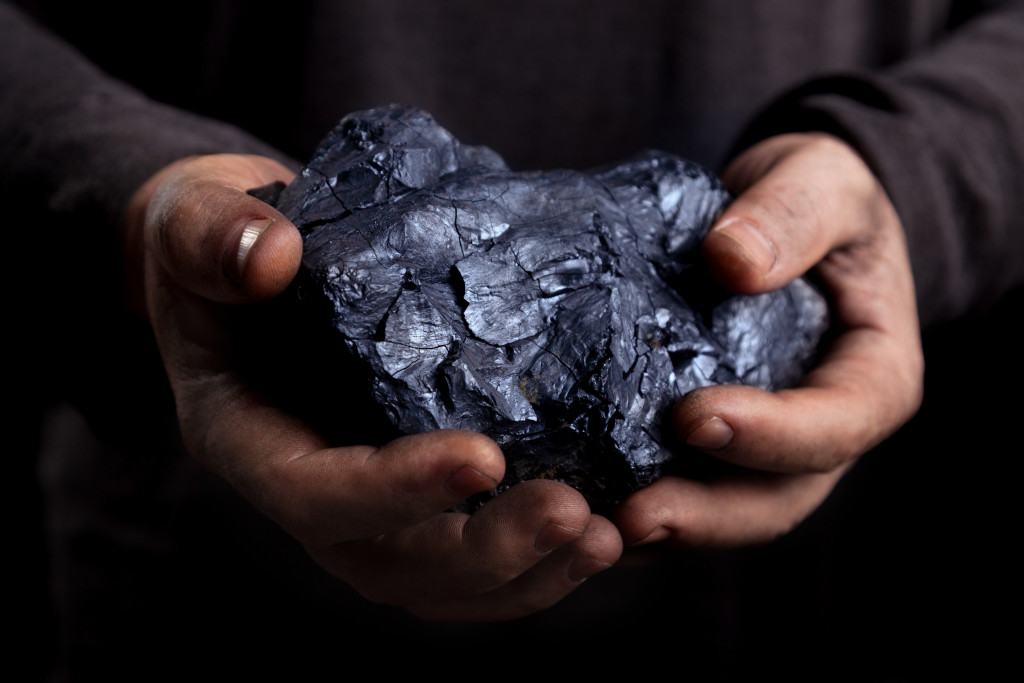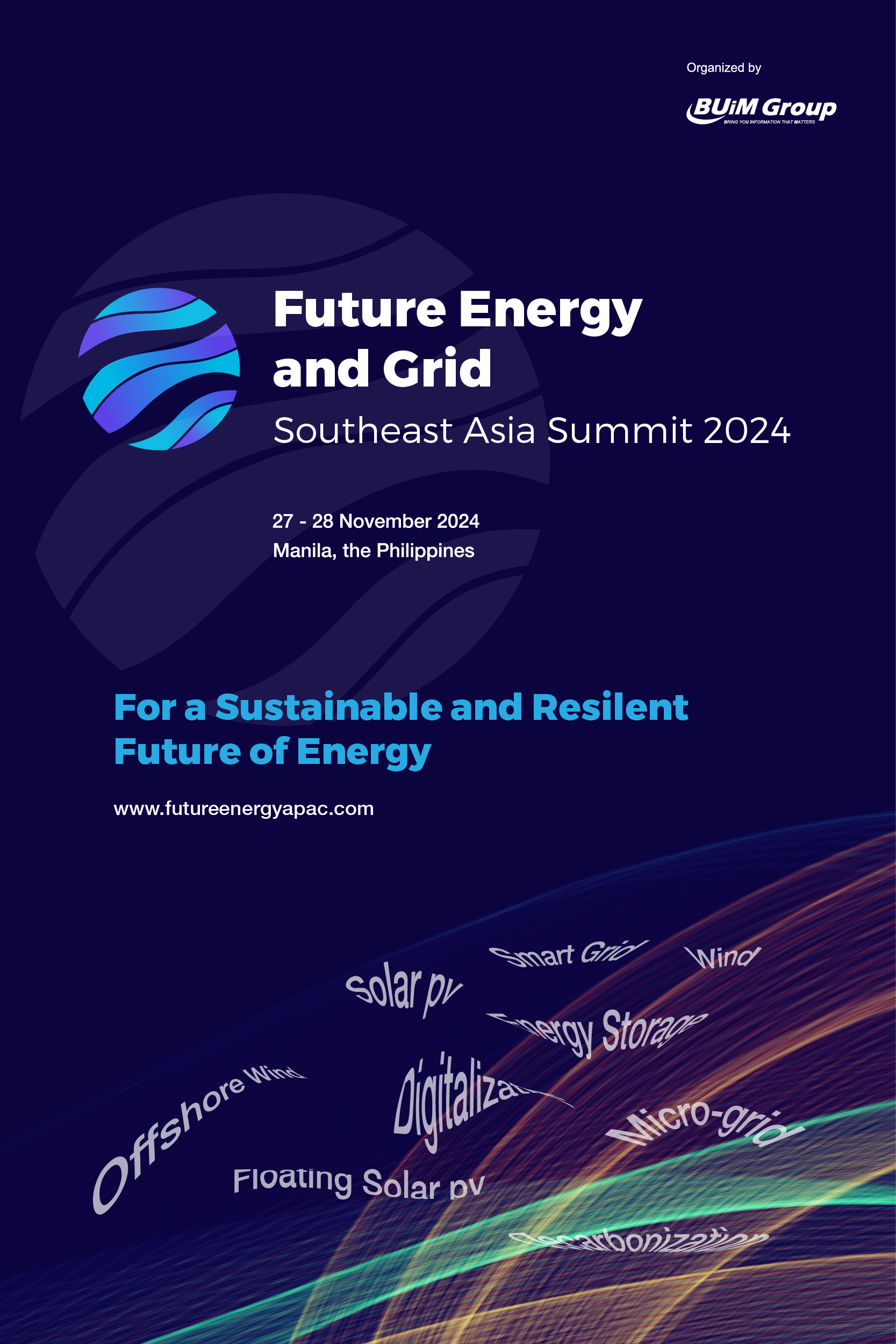Fossil fuels make up majority of the energy source in the Philippines and other parts of the world. According to the Philippine Energy Plan, it will contribute an average share of 30.1 percent to the primary energy supply. Imported coal contributes 70 percent of the country’s coal source.
This fossil fuel is primarily chosen because of its affordability and abundance, making it fit to address the growing demand for supply. Constraints in supply still pose a problem in many parts of the country, especially Mindanao, who only received 12.41% of the energy supply in 2013, compared to Visayas with 14.75%, and Luzon with 72.84%.
The country’s most heavily used source of energy is coal, which accounted for 42.62% or 32, 081 GWh of energy source in 2013. There are currently 32 coal-fired power generation plants in the country, with an expected increase of 25 by 2030.
There are many issues that ply the usage of fossil fuels to supply electricity. Undeniably, there are risks simply from mining coal, to the dangers of removing mountaintops to mine it, to the process of converting coal into energy, which releases pollutants that go into bodies of water and in the air.
To date, coal is the largest contributor to global greenhouse gas emissions, accounting for 35% of it. It is also the second highest emitter of methane, and its power plants record higher levels of radiation than nuclear plants. Burning coal also releases mercury, which is highly toxic and poses threats to the environment, wildlife and humans.
Despite the existence and the thriving industry of renewable energy, there is still the question if it can generate enough for the energy sector to stop relying on fossil fuels. The answer, according to experts, is no.
In attempts to mitigate the issues surrounding coal, companies have started their venture into clean coal technology, which aims to capture pollutants usually released when burning coal. It involves redirecting the gas emissions to unused oil fields or deep-sea depths.
However, this does not necessarily solve the problem of polluting the environment, but only redirects the chemicals somewhere else. The release of its emissions to bodies of water can potentially harm marine life.
Among the present forms of clean coal technologies involve coal washing, which is mixing the crushed coal with a liquid that removes unwanted minerals.
The Integrated Gasification Combined Cycle (IGCC) converts coal into liquid gas that is able to burn cleaner. This technology is seen to be able to improve coal’s efficiency by at least 50%.
Another process involves using the circulating fluidized bed (CFB) technology, able to absorb 95 percent of pollutants before they are released into the atmosphere. There are currently 170 units in the United States and 400 in other parts of the world. The San Miguel Corporation is one of the pioneers of clean coal technology in the Philippines.
Flue Gas Desulfurization, also known as scrubbers, strips coal from sulfur and other impurities before they are released into the atmosphere.
Electrostatic precipitators remove components that aggravate asthma and causes of respiratory illness. This method charges particles with an electrical field before trapping them on collection plates.
Clean coal is projected to pose a subsidy of P3 per kwh for consumers, compared to renewable sources like wind power, which will amount to P9 per kwh.
There are still ongoing debates about the capacity of ‘renewables only’ to supply power to the Philippines, but the fact still remains that, although there are finite resources, coal is abundant and cheap, making it the ideal answer to the country’s power supply shortage amid growing demand.


